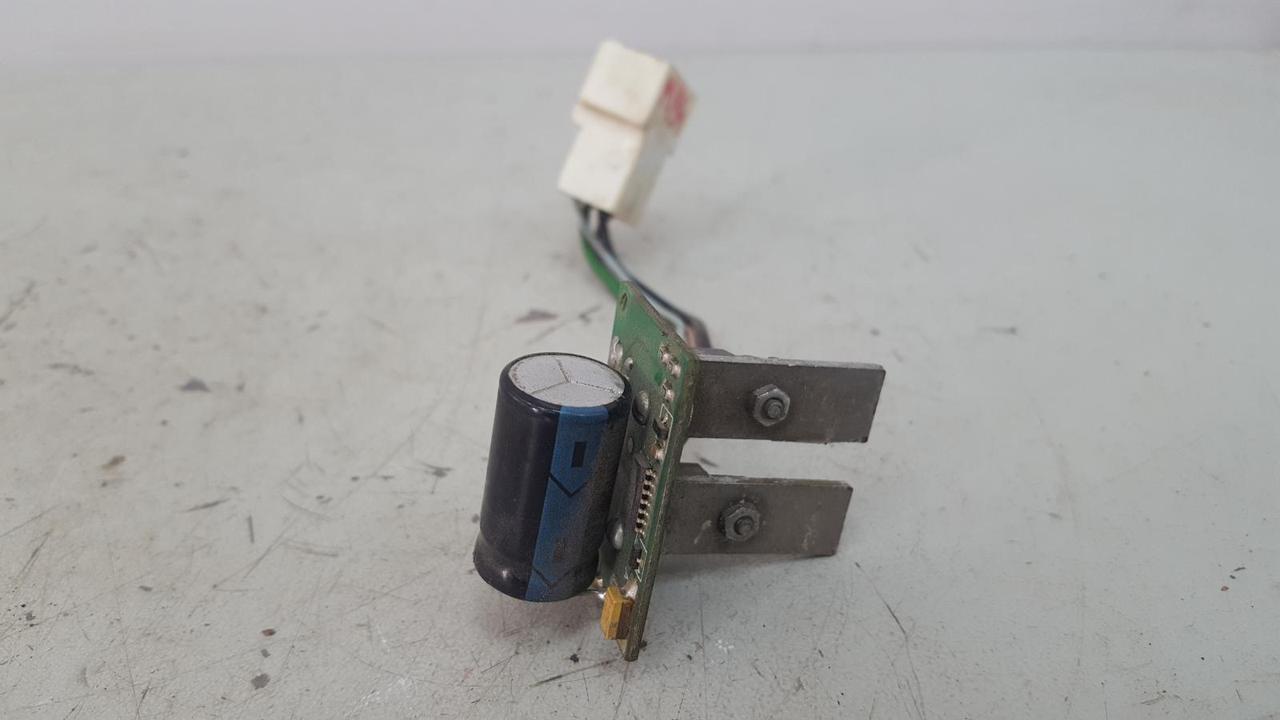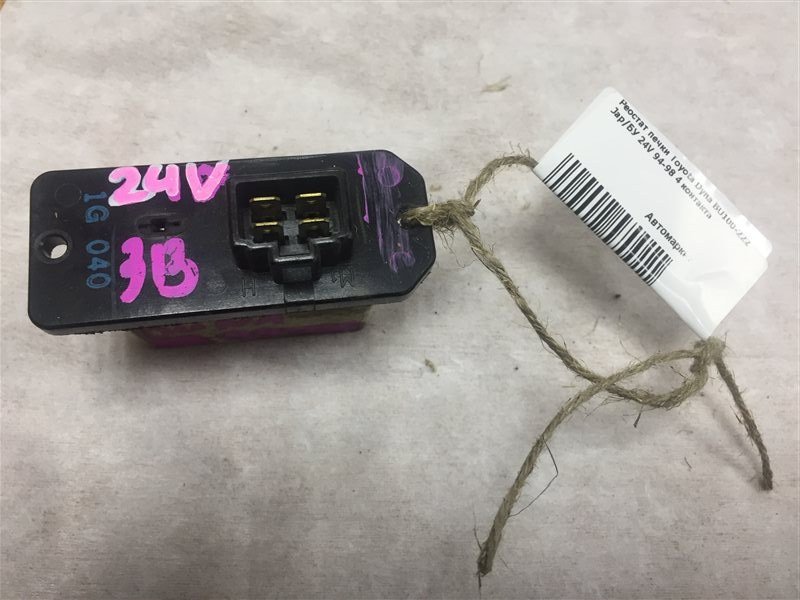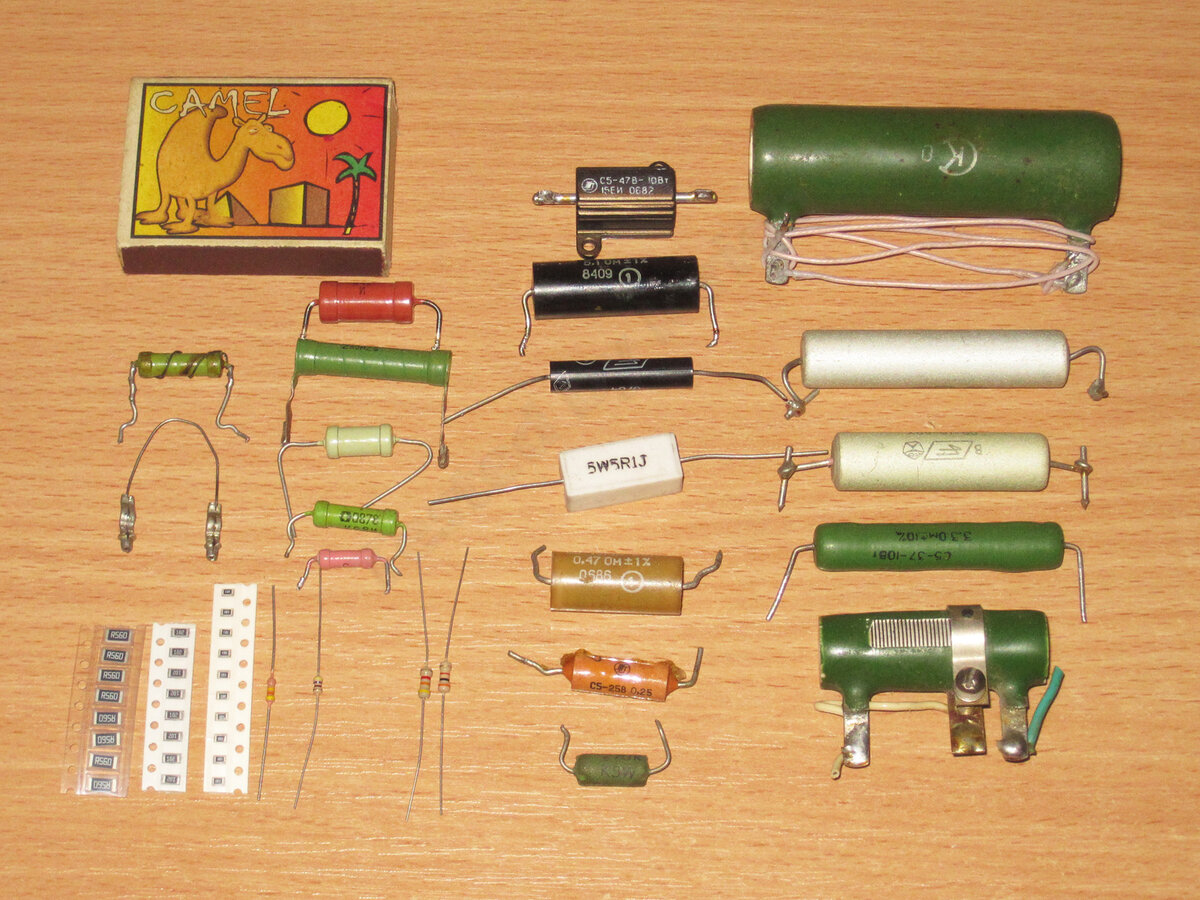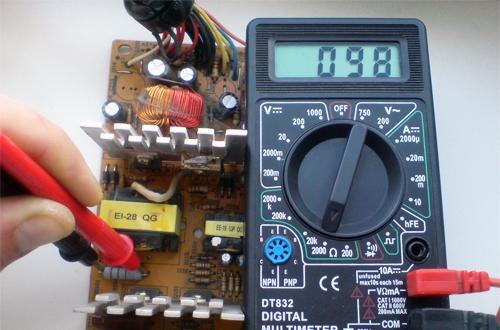
Rheostat and stove resistor - what is it, functions and principle of operation
Content
In retail chains, you can often find inexpensive low-quality parts. Take electrical components from trusted sellers and reliable manufacturers: the pursuit of cheapness can end in an accident in the wiring.
Not every driver understands automotive electrics: it is believed that this is the prerogative of narrow specialists. But there are important things that owners should have a basic understanding of: for example, why do you need a stove rheostat on a car. What does the device affect, what are the signs of its malfunction, functions - read on.
What is a stove rheostat in a car
A car is a complex mechanism with autonomous electrical power and many consumers. The electrics of a car must always be in working condition, since the functionality of the car, the safety and convenience of movement of passengers depend on it.

Rheostat ovens in cars
Under the hood of the car is a miniature power plant - a generator. There is also a current accumulator - a rechargeable battery. Energy is supplied to peripheral consumers through wires, and each electrical appliance in the machine has a control device - a rheostat (RS). This component affects the resistance and current strength of the electrical circuit by changing the number of sections of the device.
Why do we need
The interior heater module in most vehicles consists of staggered resistors. But another version is also common, in which the resistance changes almost continuously. There are also rheostats that make smooth adjustment without breaking the network.
In the electrical circuit of the car, the stove rheostat is located behind the glove box, between the drive (motor of the saloon electric stove) and the mechanism connected to it - the heater. The task of the device is to dampen electric current surges and reduce starting overloads that adversely affect both the drive and the consumer.
Principle of operation
A rheostat of any kind works according to Ohm's law for a circuit section. The device for a car stove looks like a cylindrical ceramic body. A steel wire with a constant cross section is usually wound on the part. The turns of the spiral are isolated from one another, since a non-conductive material is applied along the entire length.

Principle of operation
Above the wire spiral, a slider moves along the cylinder, creating more or less resistance in the electrical network. When the moving element moves to one side, the length of the conductive section increases. At this moment, the value of the resistance of the PC also increases. Conversely, when the slider moves in the opposite direction, the resistance of the shortened section drops.
What is a stove resistor
The principle of operation of the rheostat is the key to understanding how the stove fan turns on. This happens by increasing or decreasing the resistance of the circuit. The saloon stove rheostat consists of resistors - passive elements that resist the current flowing through the winding.
The functional purpose of the automotive resistor
The resistor is included in the automotive electrical network between the source and the current consumer (battery and stove). Hence the tasks of the component:
- protect the circuit from power surges;
- change the voltage value from the given to the required;
- ensure the correct functioning of the electronics of the car.
The role of the resistor in maintaining the functioning of the heater
Electric current is generated in the battery, where the voltage is very high for consumers to work. After generation, the current goes to the resistor: here the voltage is transformed from a given parameter to the desired one. After passing through the resistor, the voltage becomes optimal for the operation of the heater.
Types of resistors, their features
Resistors are present in all car systems: cooling and heating, ignition and lighting. The functionality and tasks of the parts are similar.
The whole variety of elements is divided into two main groups:
- Load (constant), creating a constant resistance at the output.
- Variables, where the resistance is manually changed to the one required by a particular consumer device.

Types of resistors
A subspecies of variables can be called tuning resistors, which also manually adjust the resistance, but not at any time, but at the moments of reconfiguring the entire electrical circuit of the car.
Resistor selection by resistance
When an electrical appliance breaks down in a car, drivers carry it in for repair. But often the culprit of the breakdown is a resistor, the replacement of which does not require the experience of an electrician.
In retail chains, you can often find inexpensive low-quality parts. Take electrical components from trusted sellers and reliable manufacturers: the pursuit of cheapness can end in an accident in the wiring.
Causes of failure of resistors
Often, part malfunctions occur due to a short circuit in the car's electrical circuit: at this moment, the resistance of the windings in the fan's electric motor becomes below critical. But there is another reason. If the blades of the impeller of the stove have lost lubrication or are heavily contaminated, the auto component is spinning tightly. Therefore, the resistor will quickly fail.

Causes of failure of resistors
To save the working life of the spare part, do not keep the stove in the first position for a very long time, periodically switch the heater to higher speeds. It is not difficult to determine that the rheostat is the culprit for the poor performance of the cabin heater: connect a multimeter to the power wires of the element. Another sign of a faulty resistor: the stove only works in the extreme, fourth, position.
You can get to the device in some models of cars through the hood, where the part is located under a plastic lining (“jabot”). In other cars, the element is dismantled and changed from the passenger compartment.